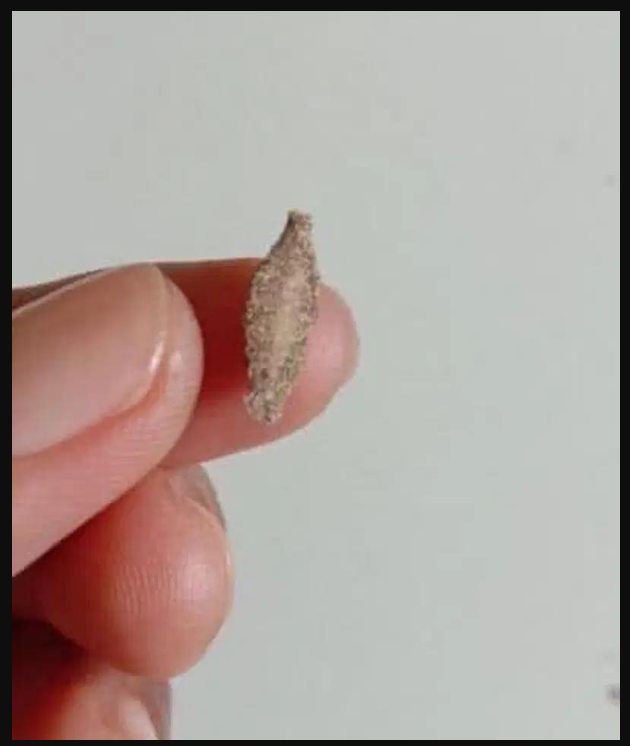Though small in size, the Kamitetep—commonly known as the plaster bagworm—can cause bruises, swelling, and intense itching. These strange-looking caterpillars are often found clinging to walls and furniture in warm, humid indoor environments. Despite their harmless appearance, many people are unaware that this is a species of moth larva called Phereoeca uterella, which can trigger skin reactions through its sharp, hair-like structures. Their sting or bite may leave needle-like hairs embedded in the skin, causing irritation that can last for weeks. The bruising and itching result from the body’s inflammatory response to these hairs. Anti-itch creams and ointments can help relieve the symptoms, but prevention is key. The larvae live inside small cocoon cases made of silk mixed with sand, dust, and even soil. These cases have openings on either end, allowing the larvae to move and feed while remaining partially hidden. They only exit fully when seeking food or during metamorphosis. At just 13 mm in length, adult moths can lay up to 200 eggs, often hidden in warm areas of the home. The larvae feed on fabric and even spider webs. To prevent infestations, regularly inspect warm corners, wall crevices, and hidden indoor areas
That Clings to the Walls of the House
